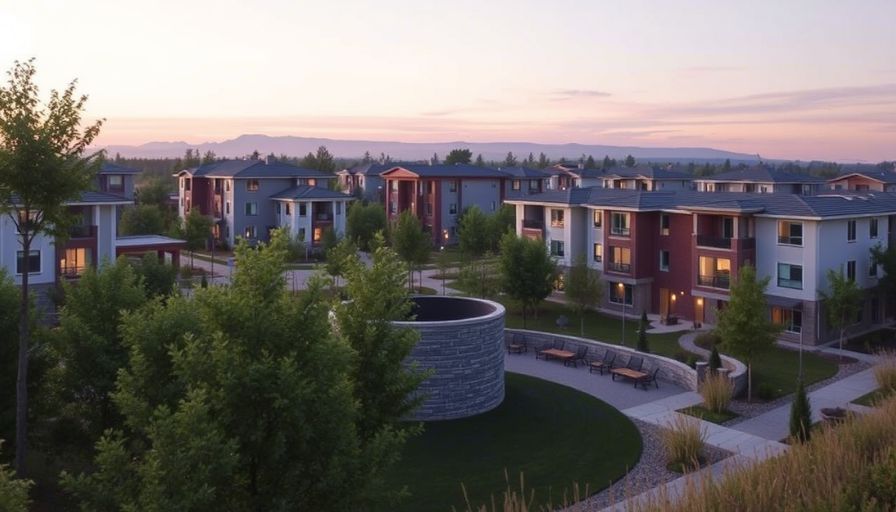Modern senior communities are transforming. The focus is shifting to smart technology and designs that focus on resident wellness. The communities are using data to determine the needs of residents as they age. Men and women are living longer, and many residents in these communities are 80 years or older. The care provided must take into consideration the changing demographics of residents.
Resident Expectations
Senior living communities must consider resident expectations when making decisions. People have a different idea of retirement than they did in the past. They want to remain independent, even when living in senior apartments, and the services provided by the community should be tailored to their needs.
Key resident expectations include:
-
Intergenerational engagement
-
Opportunities to maintain and establish social connections
-
Active lifestyles and a strong sense of purpose
Communities can expand their dining options to meet the needs of residents. Some communities are offering multigenerational and flexible living spaces to encourage cross-generational interactions. Residents may serve as mentors to younger individuals, and communities with adaptable spaces facilitate these interactions.
Wellness First
Seniors seek communities that prioritize holistic wellness. Historically, most communities have focused on improving the physical health of residents while overlooking their mental, emotional, and spiritual well-being. Today, they take a comprehensive approach to resident health, offering a range of programs, including:
-
Outdoor yoga
-
Personalized nutrition counseling
Biophilic design is also becoming more commonplace in these communities. Designers utilize plants, natural light, and various textures to enhance resident well-being. Communities can make simple updates to improve seniors’ living spaces quickly and at a low cost.
Incorporating these elements into a senior living community creates an environment that is both calming and visually pleasing, which benefits the mental and physical well-being of all residents.
Technology in Senior Communities
Seniors utilize technology today to stay connected to loved ones, regardless of their location. Communities also use this technology to enhance residents’ quality of life while increasing efficiency.
Examples include:
-
Predictive analytics to anticipate resident needs
-
Wearable devices to monitor health
-
Personalized activity recommendations
Many communities are utilizing smart technology to enhance the safety of their residents while making daily life more convenient and efficient. Features such as:
-
Voice-activated controls
-
Mobile apps for residents and families
These tools allow residents to submit service requests or receive real-time updates on community life.
Importance of Market Research
Senior communities should conduct market research to ensure they understand the preferences of their residents and the local market. With this information, community managers can:
-
Refine service offerings and amenities
-
Attract new residents
-
Maintain satisfaction of existing residents
The research can also be used to identify ways to reduce costs, often with the assistance of group purchasing organizations. These organizations help communities save on purchases without sacrificing quality or financial stability.
Conclusion
Senior living trends remain important as they show what residents of these communities want and need for a fulfilling life. Communities that monitor these trends and make adjustments as needed find that their residents are happier and healthier.
Individuals visiting the community will be pleased to see these features, as they demonstrate that the industry is listening to what its clients say.
